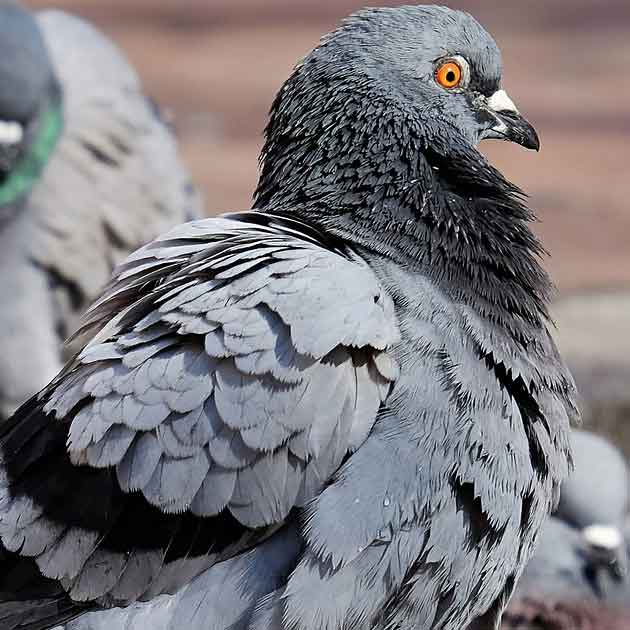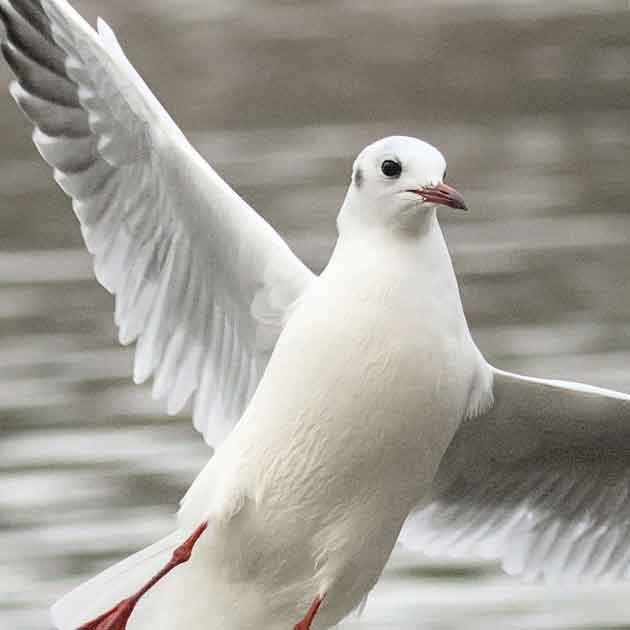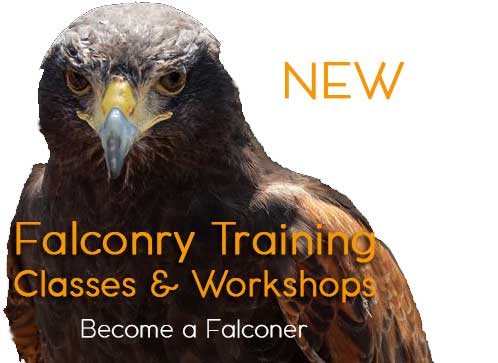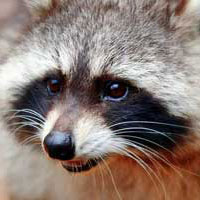 Coyote Control Methods
Coyote Control Methods
Preventative measures include Exclusion. Control methods include Live Trapping*, Licensed Trapping*, Physical Capture*, Shooting*, Relocation*, and Destruction of the animal.
In contrast to almost all other Ontario animal control operations, as a licensed furbearer trapping company we are able to employ all of these control methods including relocation or permanent removal of coyotes .
Eastern Coyote (Canis latrans)
The coyote is a member of the canid or dog family. Its scientific name is "canis latrans" which translates to "barking dog.". The Eastern Coyote is a bit larger than western coyotes, and often confused with wolves. Historically, they bred with wolves, which lead to a larger species. Coyotes are predominantly grayish to brownish in color with lighter colored bellies - although different colour variations are possible, ranging from nearly black to red or almost white.
Coyotes possess an incredible sense of smell, eyesight and hearing and are very good at staying undetected when they want or need to. In urban areas, coyotes can have much higher populations than in rural areas because there is an abundance of food available. They can be in den sites ranging from from 2 km2 in cities to 25 km2 or more in rural areas. They can climb over fences up to 6 feet tall and will do so to get to a food source.
Coyote Diet
Coyotes have a varied diet which includes mice, voles, squirrels, rabbits, rats, cats, birds, insects, berries and fruit (i.e. fallen apples from apple trees). When smaller prey is not readily available, coyotes can form temporary packs with others to catch larger prey such as a deer fawn or injured, old, or diseased adult deer. Coyotes will rarely try to take a healthy white-tailed adult deer. In areas populated by humans, coyotes will prey on smaller livestock and domestic pets, making coyote control and removal necessary.
Identifiying Coyote Presence
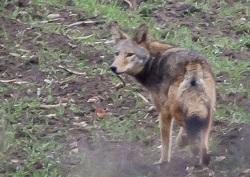 The ability to read the landscape and interpret signs is essential in assessing coyote presence and population trends. Coyote tracks can look a lot like a domestic dogs, so it takes some practice to be able to properly identify them. Coyote howls and yips are easily identified, but, in areas of heavy control pressure, coyotes rarely howl.
The ability to read the landscape and interpret signs is essential in assessing coyote presence and population trends. Coyote tracks can look a lot like a domestic dogs, so it takes some practice to be able to properly identify them. Coyote howls and yips are easily identified, but, in areas of heavy control pressure, coyotes rarely howl.
Coyote Breeding
Coyotes mate for life, with breeding occuring between January and March. Only the alpha male and female of the pack breed. At this time, you may be more likley to see coyotes and they may appear a bit more bold around people or dogs. The female selects and maintains the den, which is only used for giving birth to the pups and raising them until they are big enough to travel with their parents. Females carry their young for over two months, giving birth to 1 to 12 pups in April or May.
Social structures
Contrary to popular belief, coyotes are not solitary animals. They live in groups (or families, packs) with an alpha pair in the lead and 2-6 lower ranking family members. They do, however, hunt alone. Solitary animals may also be spotted once they've left their pack to set out on their own and either join another group or find their mate and create their own family. You can learn more about Coyote behavior here »
Coyote Conflicts with Humans and Pets
Whenver wildlife moves into suburban or urban areas, there is bound to be conflict. Much of that can be chalked up to nuisance and more of an annoyance - but it's a little different when the animal can quite literally tear you apart. There have been such incidents in recent years and more education is needed to make the public aware of the dangers of purposely or involuntarily feeding wildlife.
Check out this article answering "Are coyotes dangerous?" We have addressed some immediate actions to take when faced with what appears to be an aggressive coyote.


